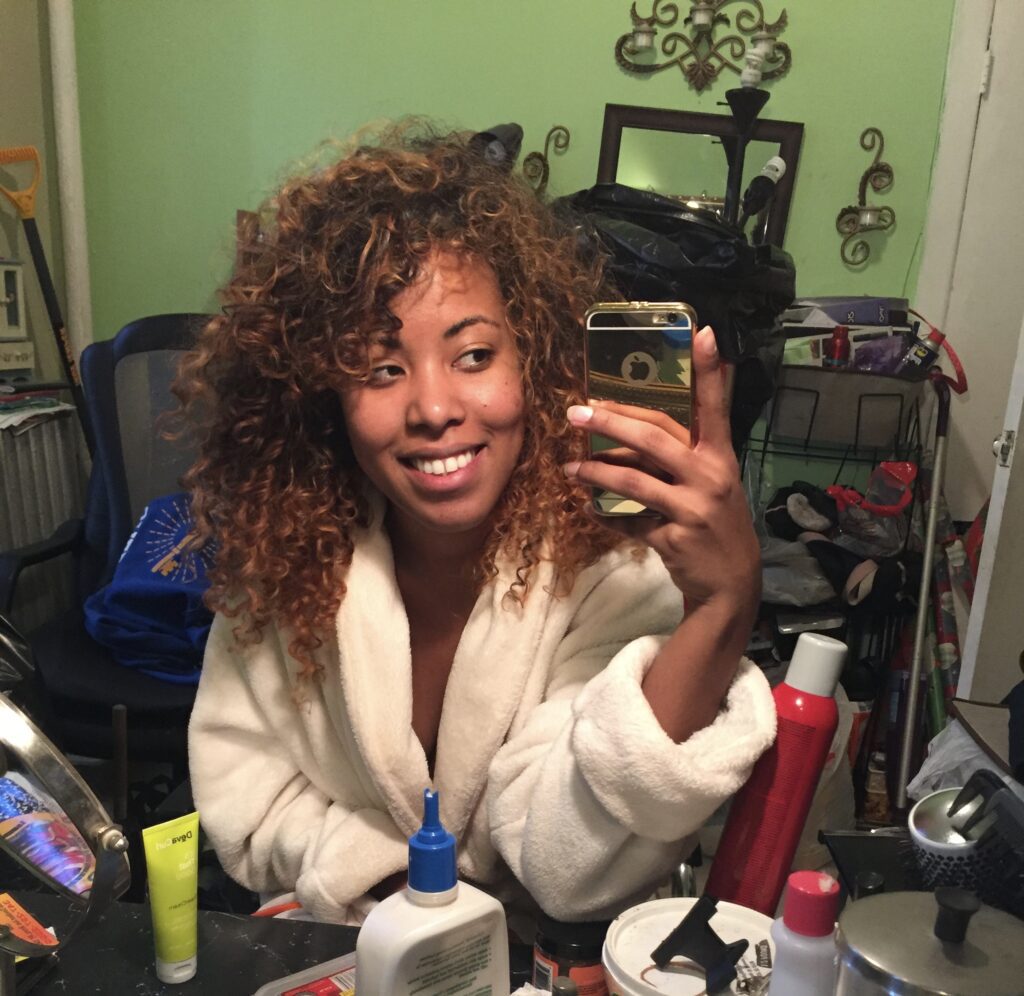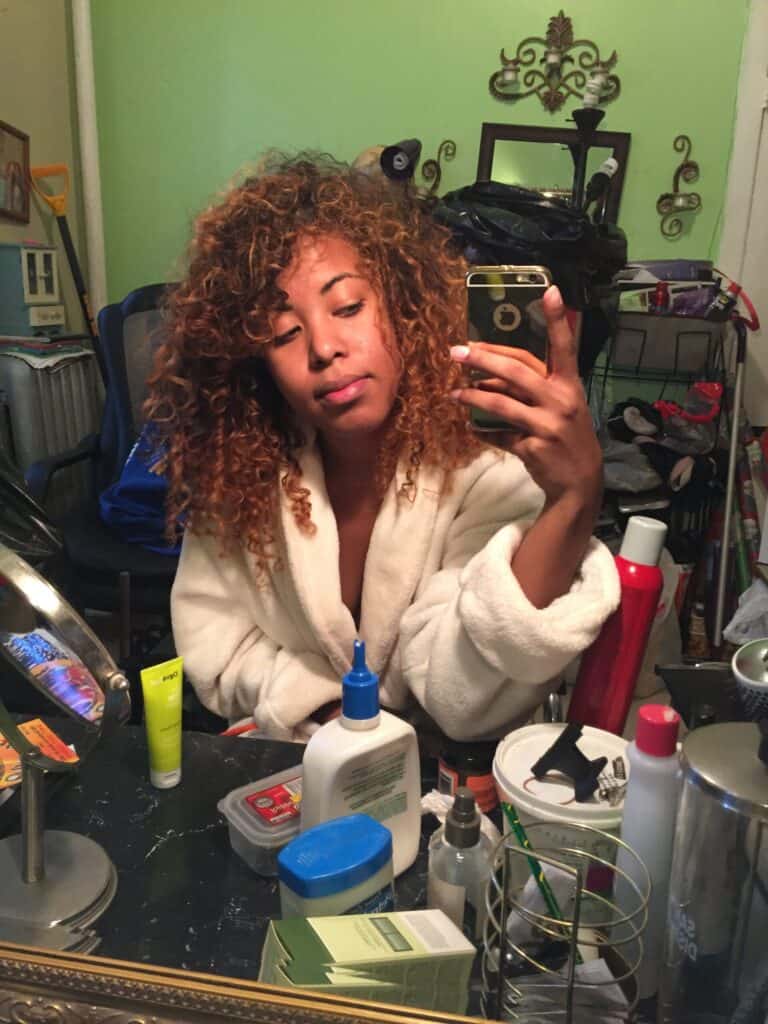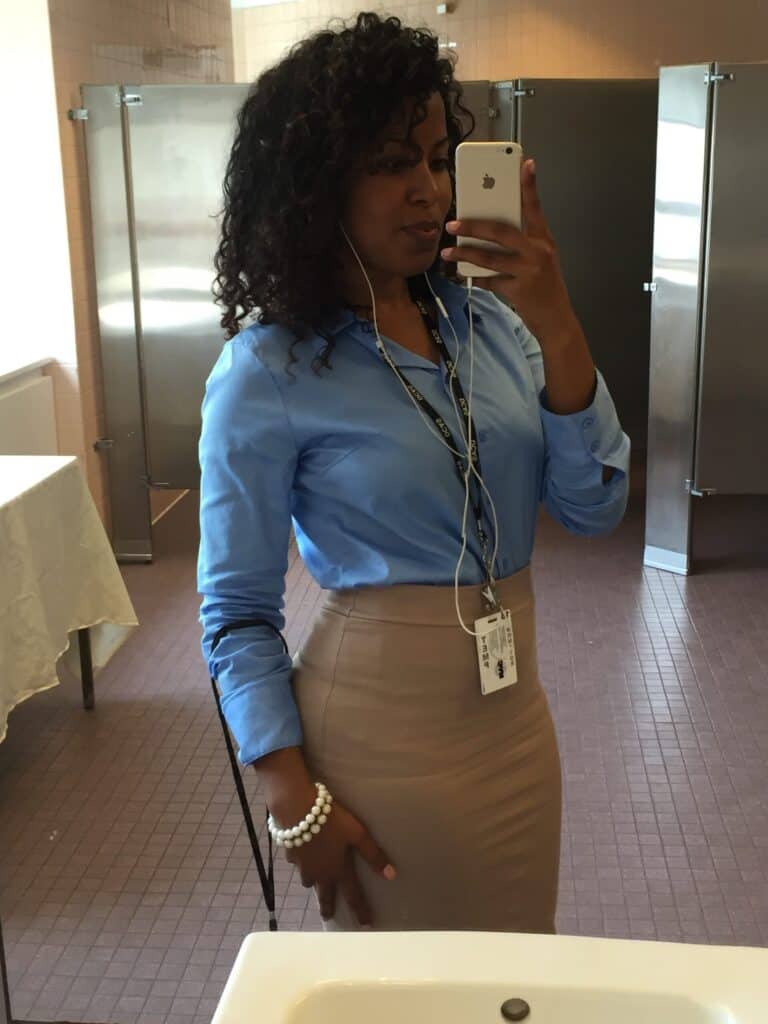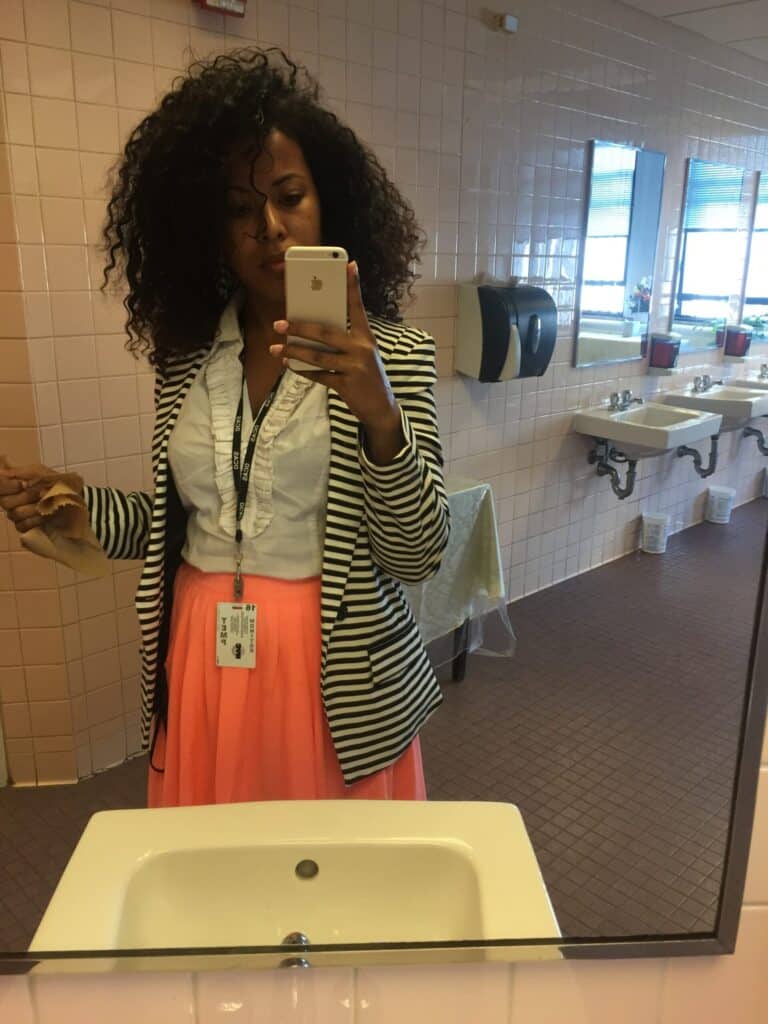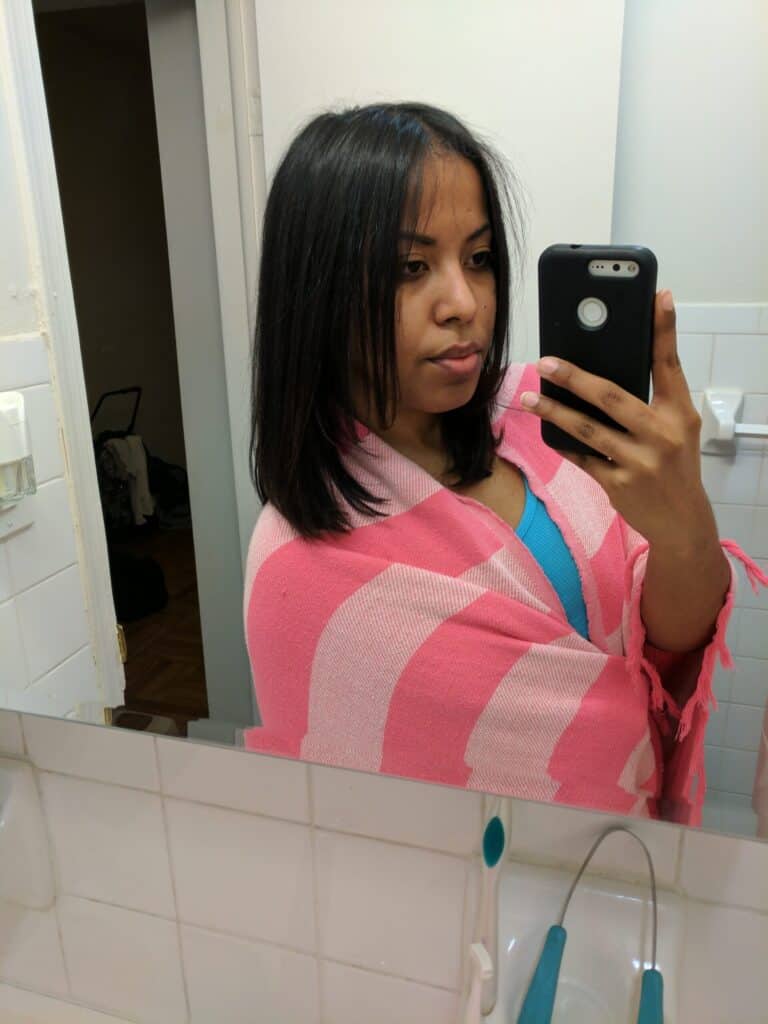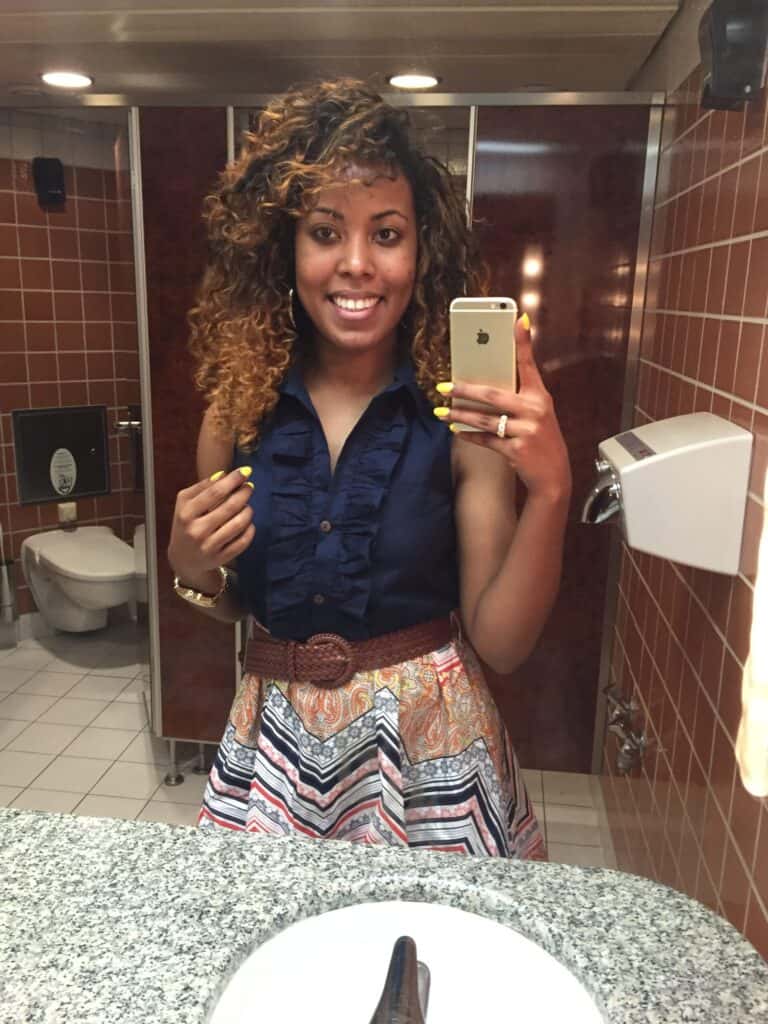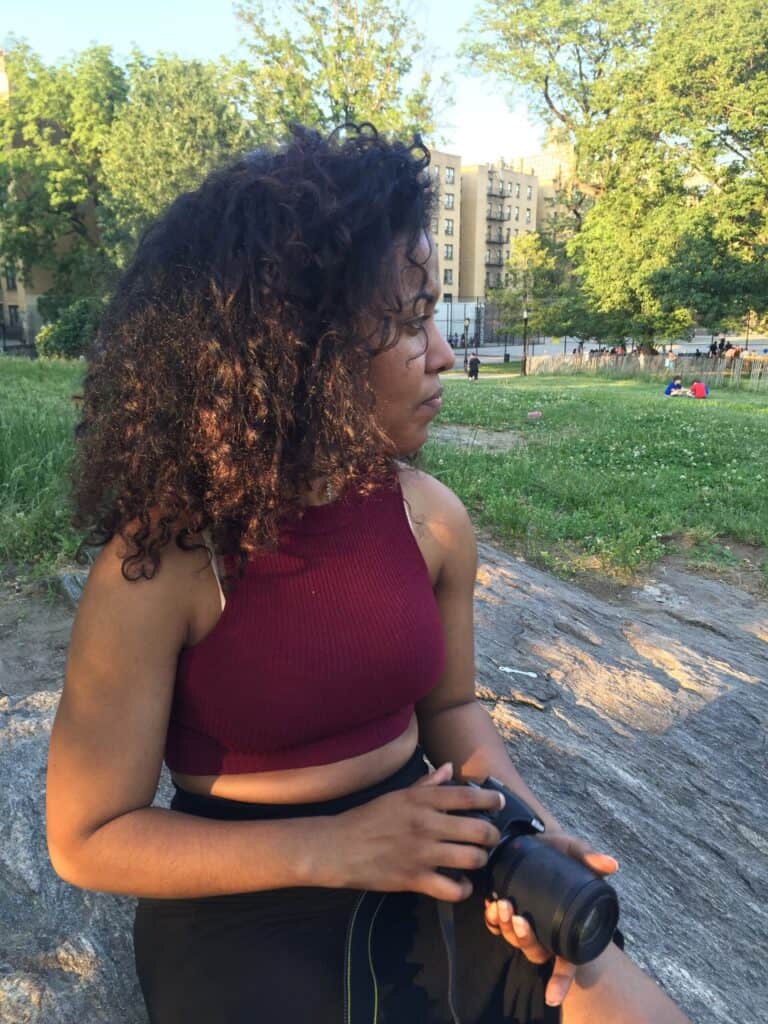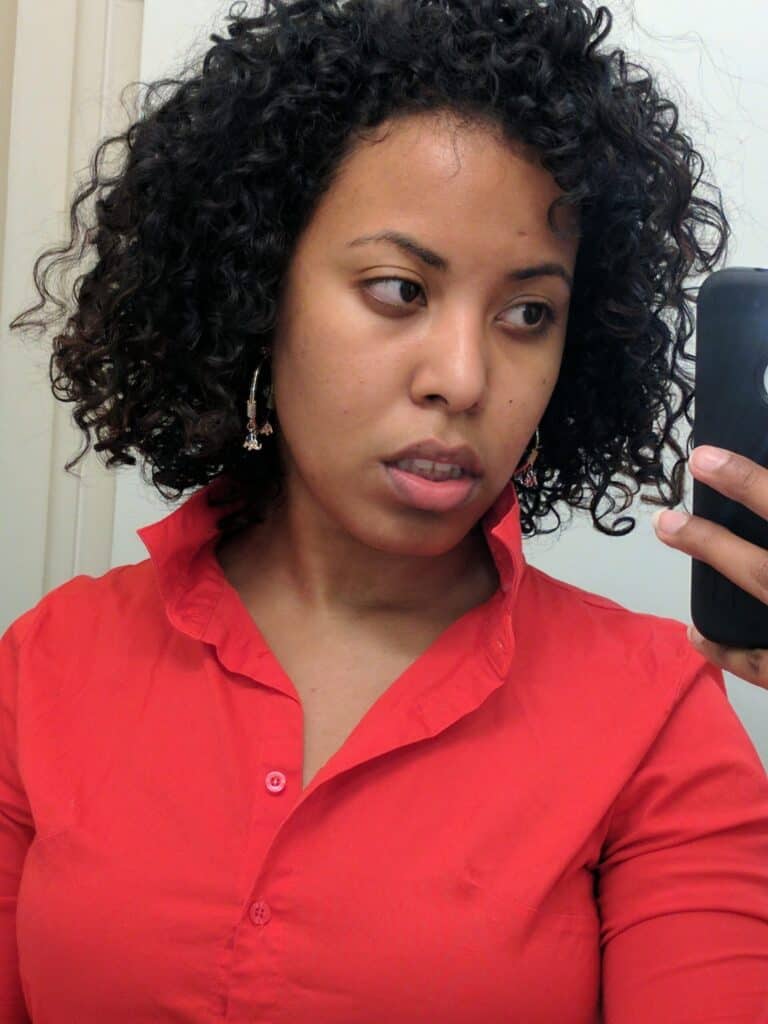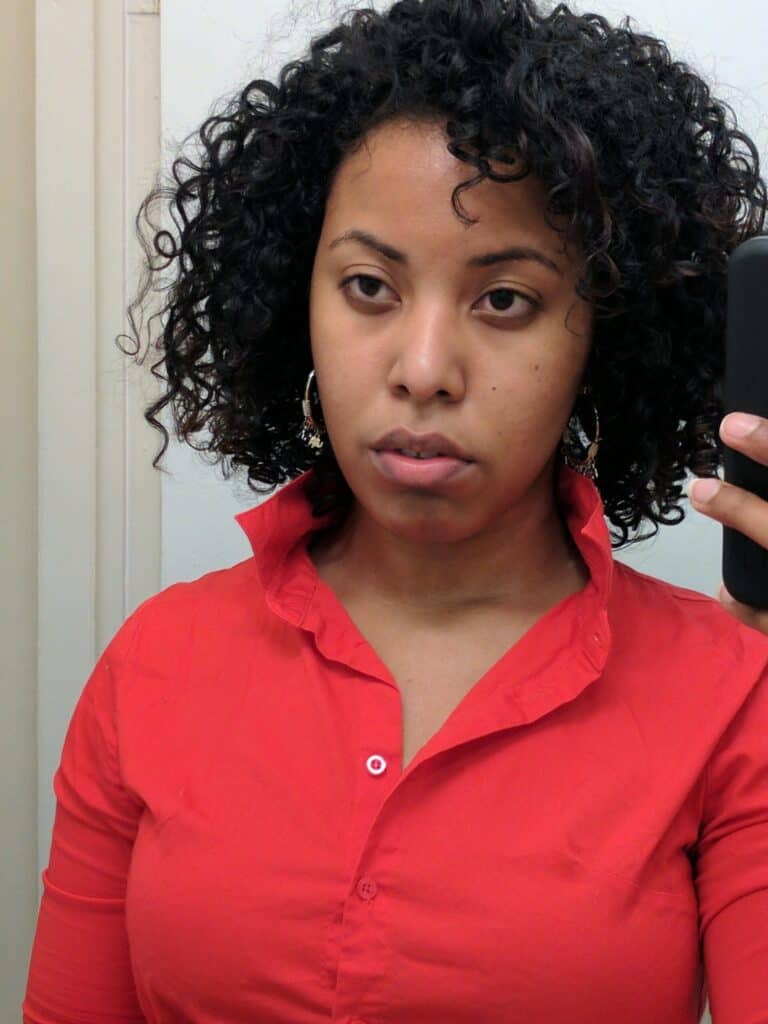Your Ultimate Guide to Understanding and Loving Curly Hair
Understanding Your Hair: Curly Hair Challenges and Solutions
Curly hair is beautiful, unique, and ever-changing. Understanding your hair can be challenging, but it is one of the most essential steps in learning to find your unique style. No matter where you are in your curly hair journey, several factors can make or break your curly hair routine. Your curls react to:
- The products you use
- Weather conditions
- Diet & hydration
- Your stylist’s technique
With so many factors influencing your curls, it’s easy to feel overwhelmed. This guide will help you navigate common curly hair challenges and find solutions that work for you.
Styling Curly Hair: What Works and What Doesn’t
The YouTube curly hair community is a fantastic resource, but not all advice applies to your unique hair type. It is ok to subscribe to influencers with different hair textures and appreciate their craft, but it is also essential to remember that the styles that work for their hair may not work for yours and vice versa.
Personal Example: My first attempt at a Bantu Knot-out was a disaster! The tutorial creator had a similar texture (2C/3A curls), but my results differed.
Key Takeaway:
Just because a technique works for someone else doesn’t mean it will work for you. While this doesn’t mean I can never do a bantu knot out, it probably means that I had other underlying conditions with my hair that prevented me from getting the same results. Additionally, this could mean that I needed to use specific products to attain similar results.
Understanding Your Hair’s Needs: How to Get Started
One of the simplest ways to determine your hair’s needs is to wash it and let it dry with NO products. Most curly hair stylists ask you to do this before you come in to get a curly hair cut. This reveals your curl’s actual pattern, hair’s health, shrinkage, and where most of the damage is.
When I first tried this, I noticed my hair felt extremely dry. This revealed that my hair has low porosity and struggles to retain moisture.
3 Steps to Identify Your Hair’s Needs
- Observe Moisture Levels: After drying, check if some areas feel drier.
- Assess Curl Patterns: Look at different sections—some parts may curl tighter than others, making one side appear shorter.
- Consider Dry Cutting: Since curly hair shrinks differently, cutting it while dry ensures a more even shape.
Understanding these factors will help you choose the right products and techniques for your unique hair!
Choosing the Right Products: Trial and Error
Shopping for curly hair products often feels like a guessing game. To avoid wasting money, follow these tips:
- Start with sample sizes or travel-sized products.
- Check Expiration Dates—most hair products last 12 months after opening. Label them with the purchase date!
- Avoid hoarding products—if something isn’t working, don’t hold onto it “just in case.”
The Impact of Hair Dye on Curls
When I dyed my hair blonde, my curls stretched out and lost volume. Using a diffuser helped a little, but the heat caused more damage in the long run.
Later, when I dyed my hair back to black, I realized that the damage was still visible. My hair felt brittle, stretched, and dry. Key Lesson: Hair dye changes your curls’ structure and porosity. Even if you switch colors, the damage lingers without proper care.
Repairing vs. Cutting: A Tough Decision
After dyeing my hair, I tried every treatment possible to stop breakage:
- Moisture Treatments – I even bought a hair steamer, but the shedding didn’t stop.
- Protein Treatments reduced shedding but made my curls look thin and uneven.
Finally, I decided to cut the damaged areas. A straight cut helped remove uneven layers caused by years of improper styling.
Hard but Worth It: Losing length was tough, but my hair immediately felt healthier and stronger!
Building a New Routine
To restore my curls, I committed to:
- Protein Treatments – Twice a month for strength.
- Deep Conditioning – Twice a week for moisture.
- Henna Treatments – To restore shine and softness.
Aphogee Hair Strengthening Kit: My Go-To Treatment
The Aphogee Hair Strengthening Kit has been a game changer for repairing my curls. Here’s how I use it:
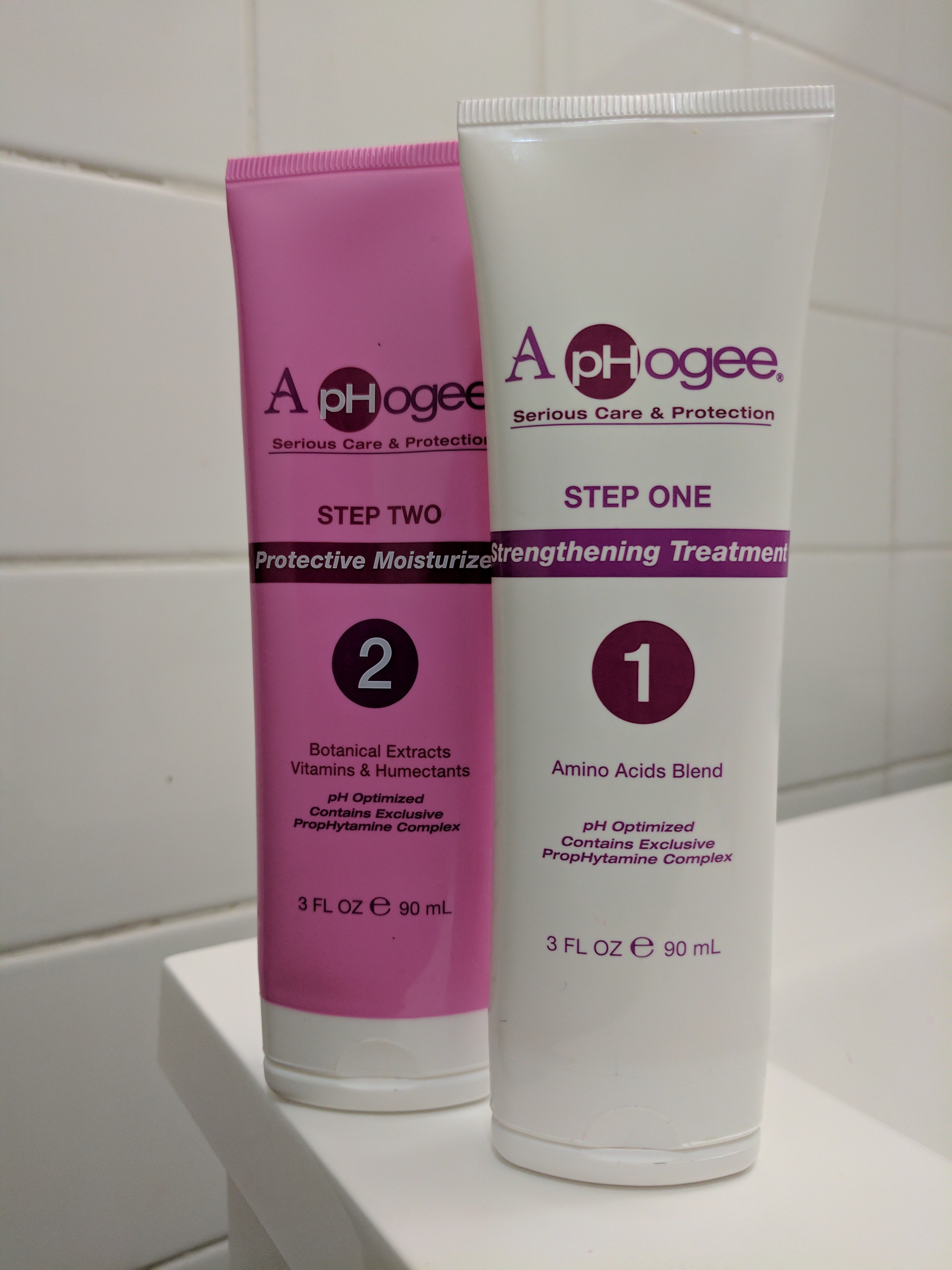
Step 1: Apply Treatment
- After washing and towel-drying, apply the first bottle evenly.
- Leave it for 5–10 minutes, then rinse with warm water.
Step 2: Add Moisture
- Apply the second bottle generously.
- Rinse with warm water to help absorption, then do a cool rinse to seal moisture.
Optional: Deep Conditioning
I finish with the Aussie 3-minute miracle, making my hair soft and silky!
Styling Your Hair After Treatments
After completing my treatment, I style my hair as usual:
- Air-drying for a natural look.
- Using a diffuser for volume.
The results have been excellent—my curls are bouncing back!
Key Takeaways for Understanding Your Hair
- Curly hair is unique—what works for others may not work for you.
- Identify your hair’s needs by observing moisture levels, curl patterns, and porosity.
- Be cautious with hair dye—it can permanently change your curl pattern.
- Invest in the right treatments to repair and strengthen your hair.
FAQs About Curly Hair Care
How can I determine my hair porosity?
Try the float test: place a strand of clean hair in a glass of water. If it sinks quickly, you have high porosity. If it floats, you have low porosity.
What is the best way to combat dryness?
Use deep conditioners and seal moisture with oils or leave-in creams designed for your hair type.
Why does my hair look uneven?
Curl patterns vary, so uneven cuts when hair is straight can cause this. Opt for dry cutting.
Can I repair damaged hair without cutting it?
Some damage can be mitigated with protein treatments and moisture, but severe damage often requires a trim.
How often should I deep condition curly hair?
Aim for at least once a week, or more if your hair is dehydrated.
Does hair dye permanently damage curls?
Dye can weaken curls, but you can restore much of your hair’s health with proper care and treatments.
Final Thoughts on Understanding Your Hair
Curly hair care takes time, trial, and patience. Understanding your hair’s needs can create a routine that helps your curls thrive.
What’s your biggest struggle with curly hair? Let’s chat in the comments! Your experiences could help someone else on their journey.
Want More Curly Hair Tips? Subscribe Now!
Get the latest hair care tips, styling guides, and product reviews in your inbox!
Subscribe now and let’s embrace our curls together
Let’s Make Inbox Magic
Curly hair tips, real-life routines, feel-good updates—sign up for everything that makes life easier (and more joyful).

